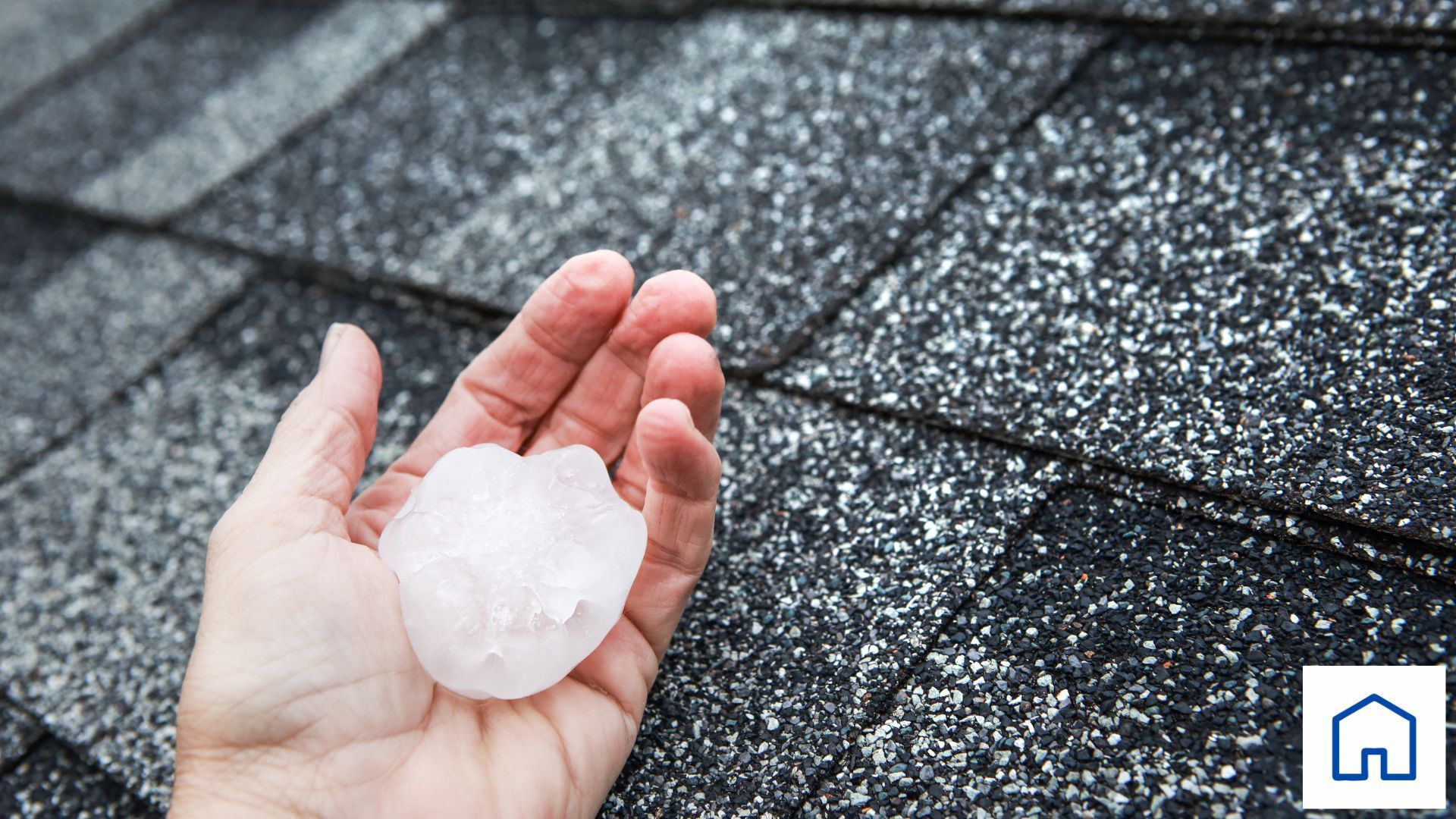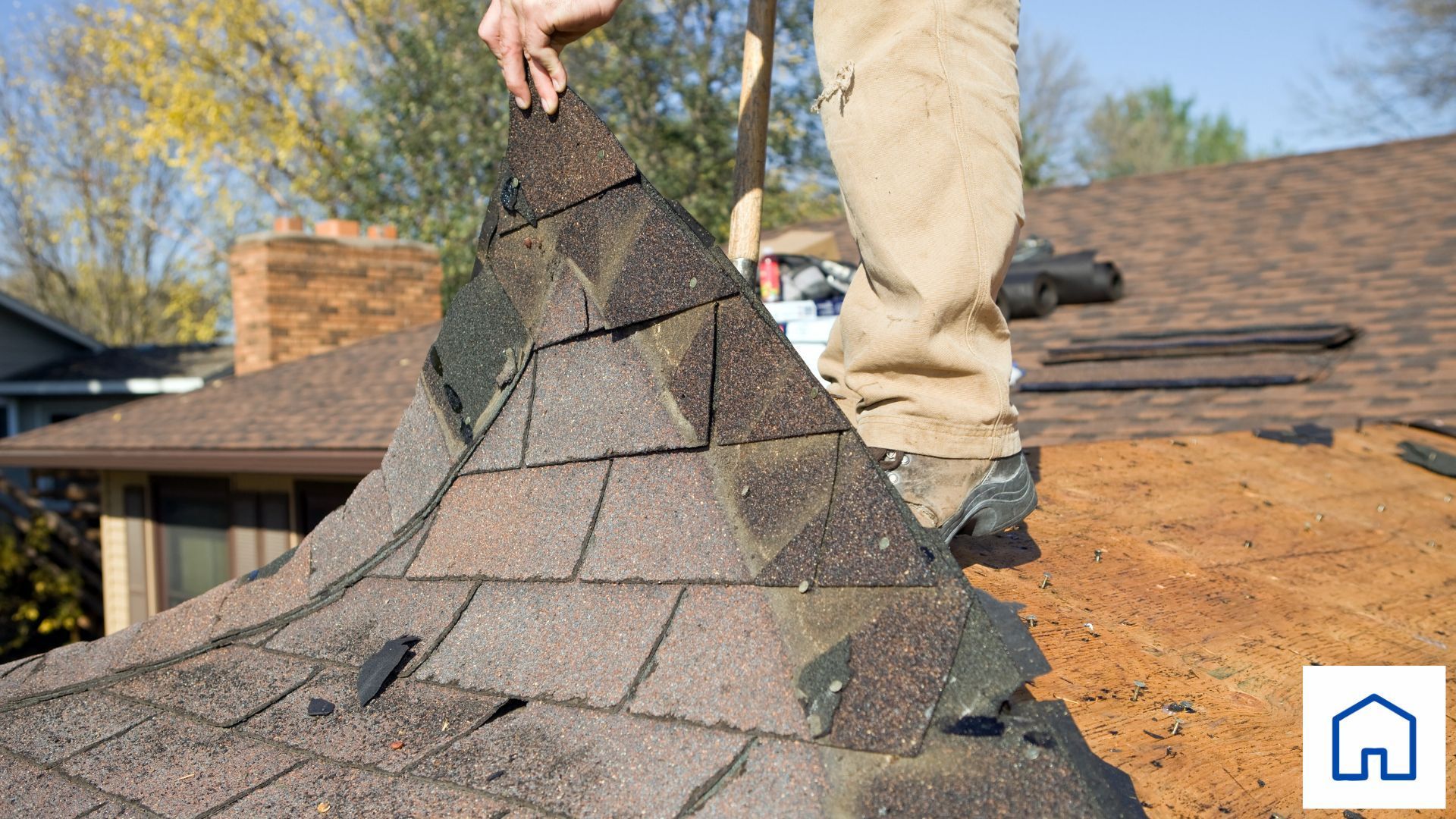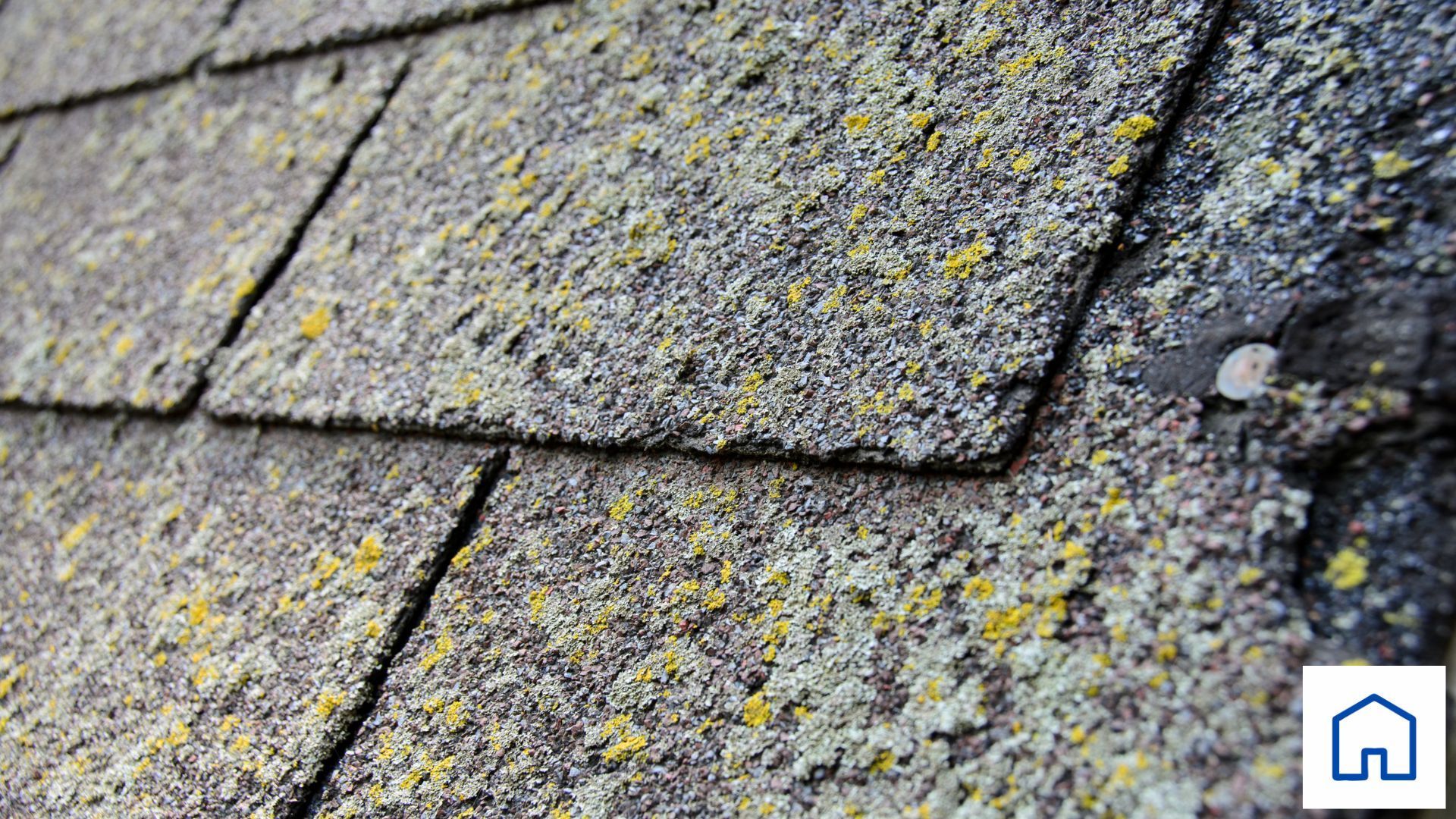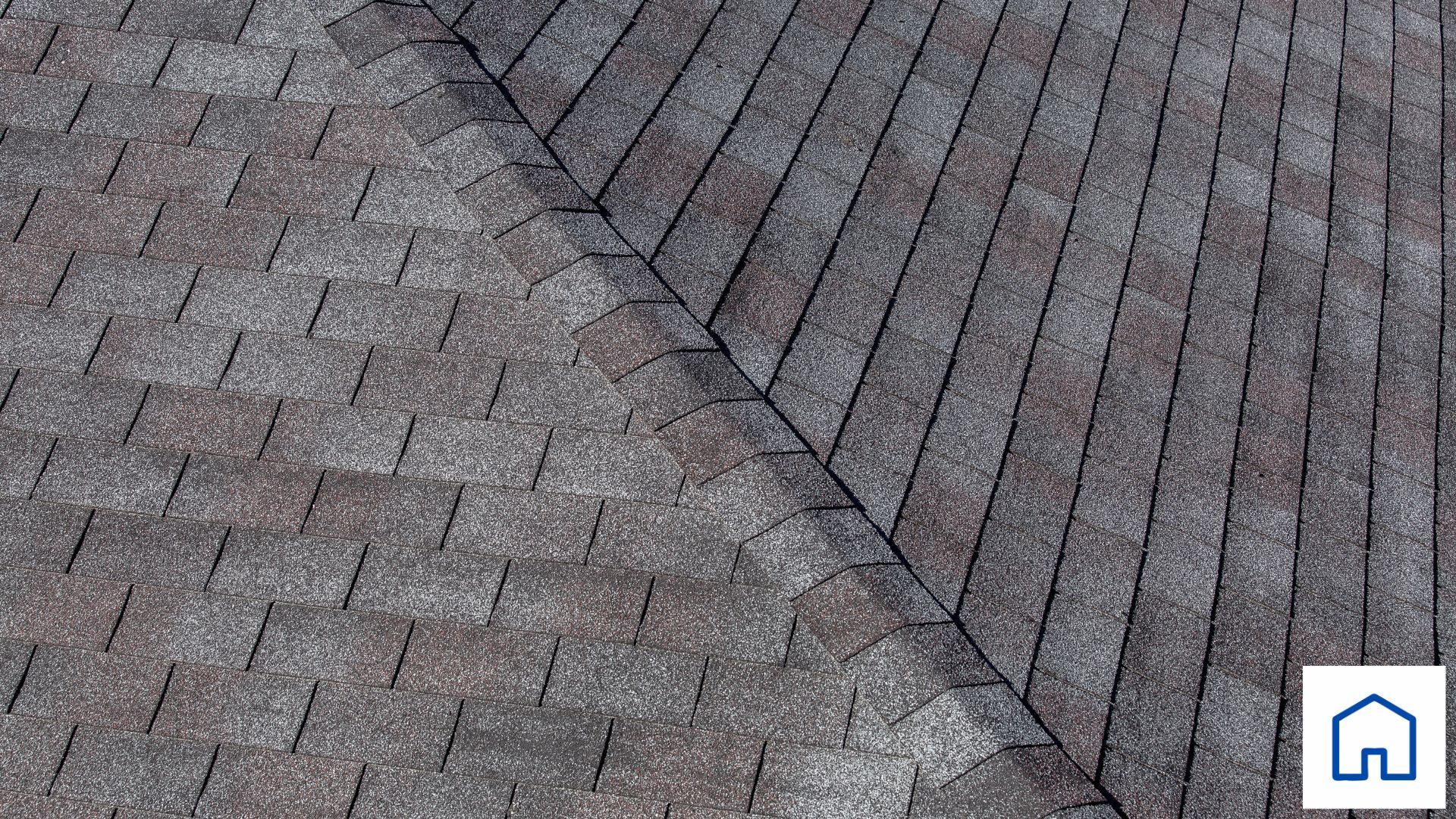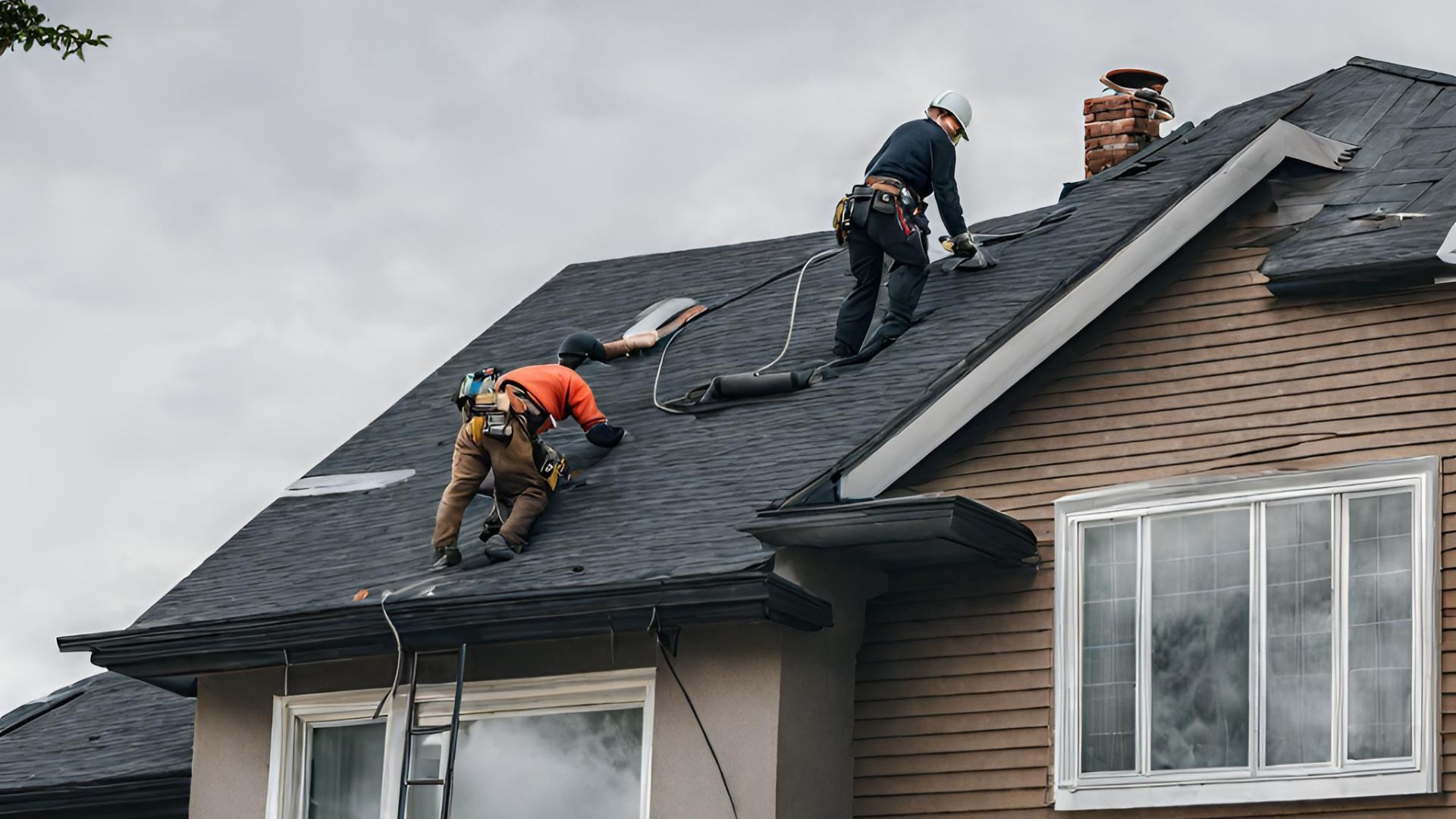Storm-Proofing Your Roof
The Ultimate Guide to Storm-Proofing Your Roof This Spring
As homeowners, one of our primary concerns as we approach the warmer months is preparing our homes to withstand the unpredictable and often severe weather that spring can bring. Your roof, the first line of defense against the elements, deserves special attention during this time. Storm-proofing your roof not only protects your home but also can significantly extend the life of your roof and save you from potentially costly repairs. Here’s your ultimate guide to ensuring your roof is ready to face the spring season’s challenges head-on.
1. Conduct a Thorough Roof Inspection
The first step in storm-proofing your roof is identifying potential vulnerabilities. This involves a comprehensive inspection of your roof to check for missing or damaged shingles, cracks, leaks, or any signs of wear and tear that could compromise its integrity. While you can perform a preliminary inspection from the ground with binoculars, hiring a professional roofing contractor for a detailed assessment is advisable. They can spot issues you might miss and provide an accurate assessment of your roof’s condition.
2. Clean Your Gutters and Downspouts
Clogged gutters and downspouts can lead to water backing up and potentially seeping under your roof shingles, causing damage. Before the spring rains arrive, ensure your gutters are clean and free of debris such as leaves, twigs, and dirt. This not only allows for proper water flow away from your roof and foundation but also reduces the risk of ice dam formation in colder temperatures.
3. Trim Overhanging Tree Branches
Tree branches that hang over your roof can be a significant risk during storms. They can break off and fall onto your roof, causing damage to shingles or even structural damage. Trimming these branches back before storm season can help prevent such damage. Additionally, removing overhanging branches also reduces the amount of debris that falls into your gutters, helping to keep them clear.
4. Ensure Proper Attic Ventilation and Insulation
Proper attic ventilation and insulation are crucial for maintaining the health of your roof. Adequate ventilation helps to regulate temperature and moisture levels in the attic, preventing heat and moisture buildup that can weaken your roof structure and make it more susceptible to storm damage. Insulation, on the other hand, helps to protect your home from heat loss, which can also affect your roof’s durability.
5. Install or Inspect Your Roof Flashing
Flashing is the material installed around roof features such as chimneys, vents, and skylights to prevent water from seeping into your home. Before the storm season, it’s vital to ensure that your flashing is in good condition and properly sealed. If you’re installing a new roof, consider investing in high-quality flashing to provide an extra layer of protection against water damage.
6. Consider Impact-Resistant Roofing Materials
Carrollton, Ga and the surrounding areas are prone to severe weather conditions, investing in impact-resistant roofing materials can offer additional protection for your home. These materials are designed to withstand the force of hail, heavy rains, and strong winds, reducing the risk of damage during a storm. While the initial investment may be higher, the long-term savings in repair and replacement costs can be significant.
Preparing your roof for the spring storm season is a critical part of home maintenance that should not be overlooked. By taking proactive steps such as conducting regular inspections, maintaining your gutters, and investing in durable roofing materials, you can ensure that your home is well-protected against the elements. Remember, the key to storm-proofing your roof is not just about making it through the next storm but ensuring it remains strong and resilient for years to come.
If you’re unsure where to start or need professional assistance, Best Nest Roofing & Renovations in Carrollton, Ga is here to help. Our team of experts can provide you with a comprehensive roof assessment and tailor a storm-proofing plan to meet your specific needs. Contact us today to prepare your home for the spring season and beyond.
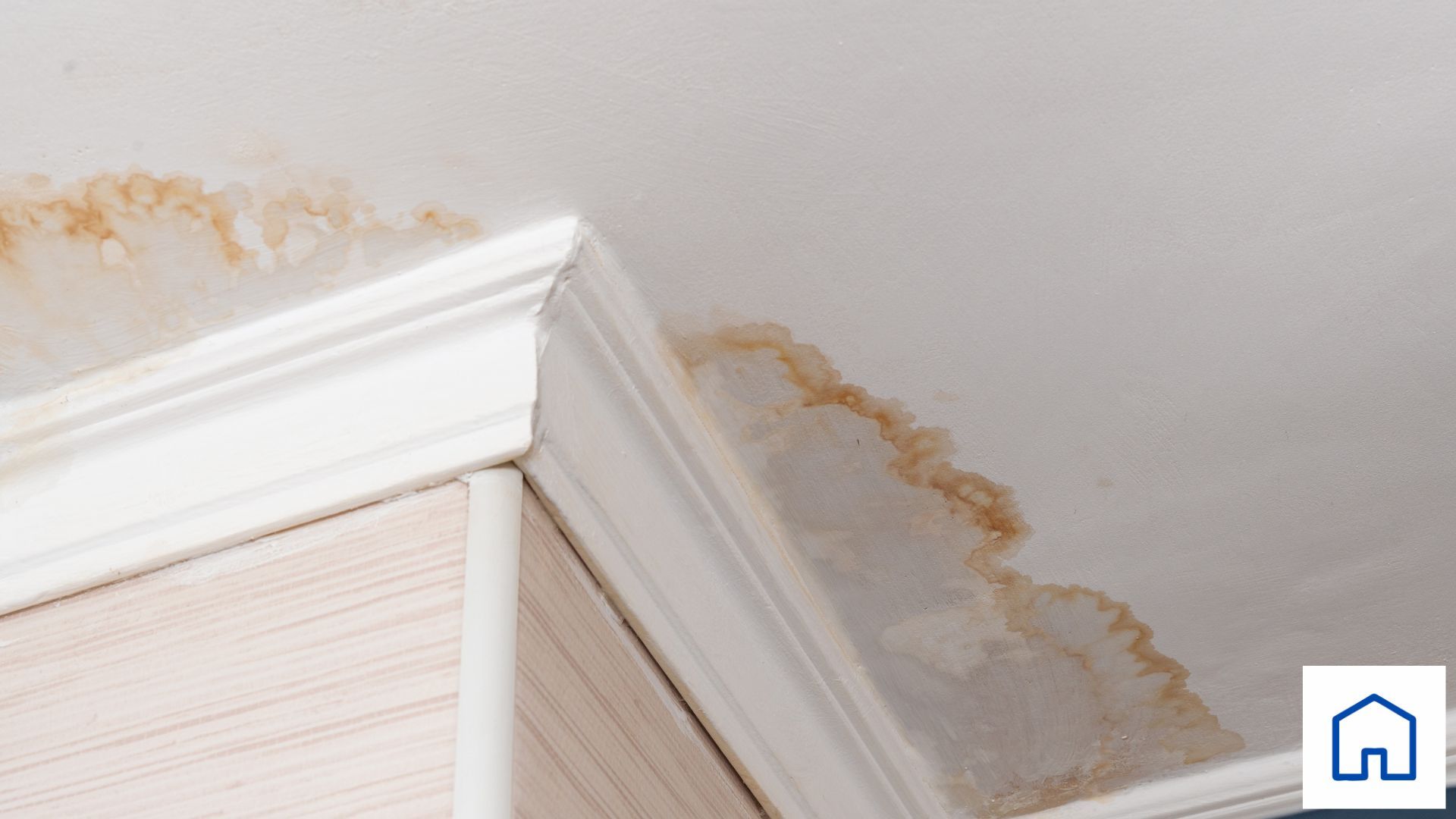


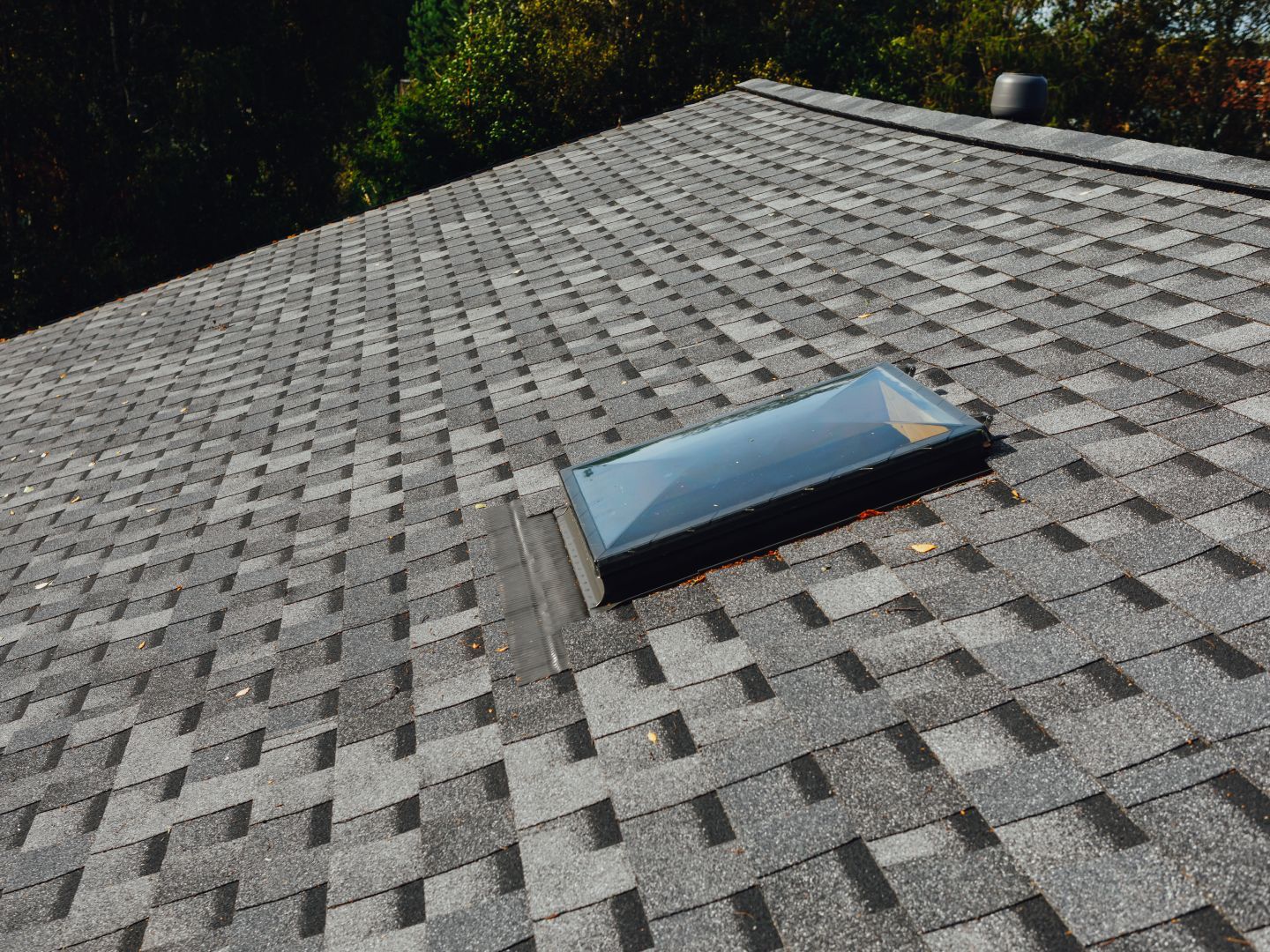
Ready to Renovate? Call Today!
All Rights Reserved | Best Nest Renovations


